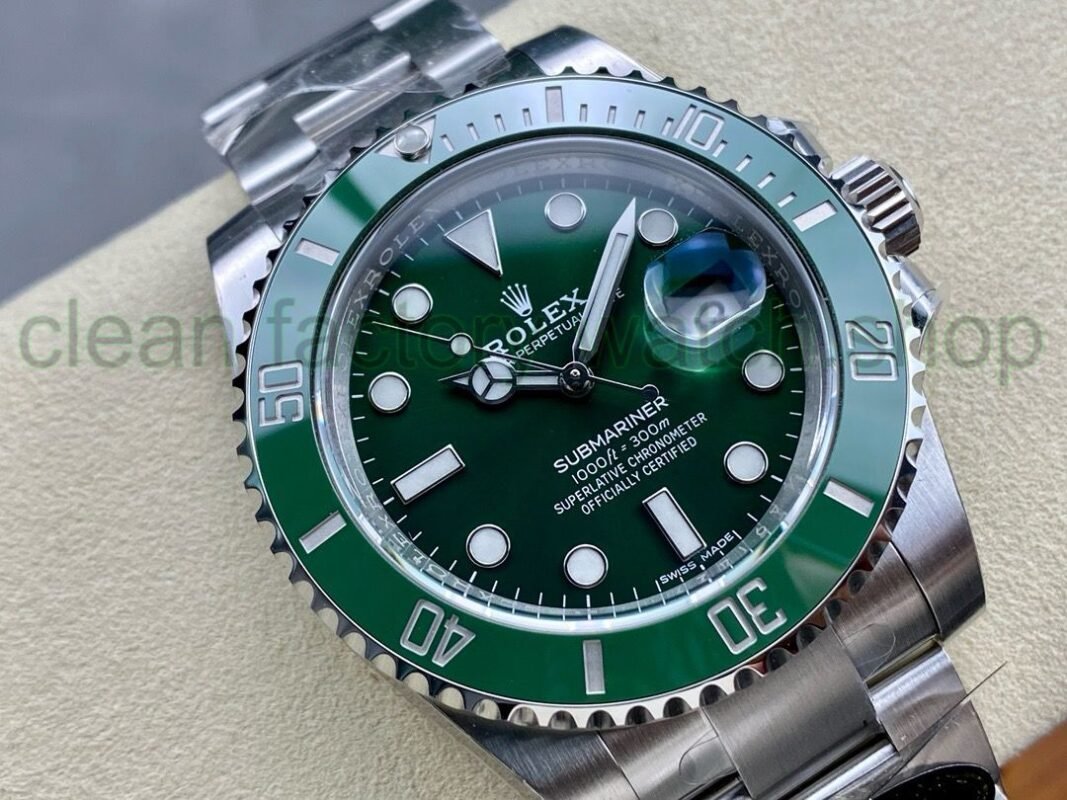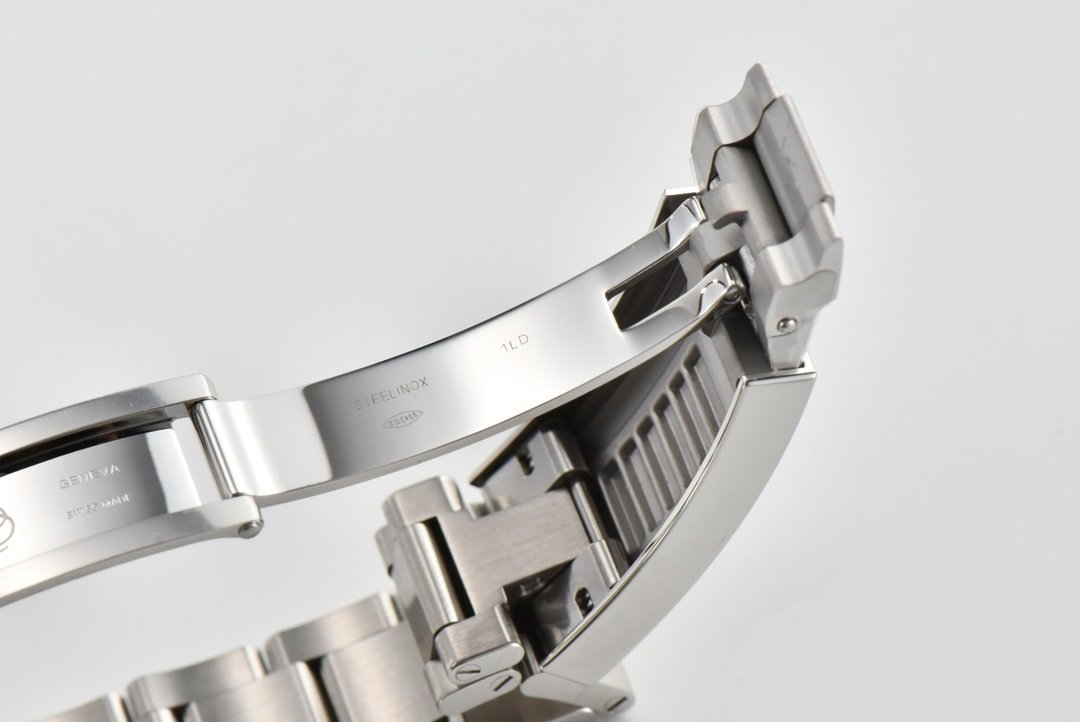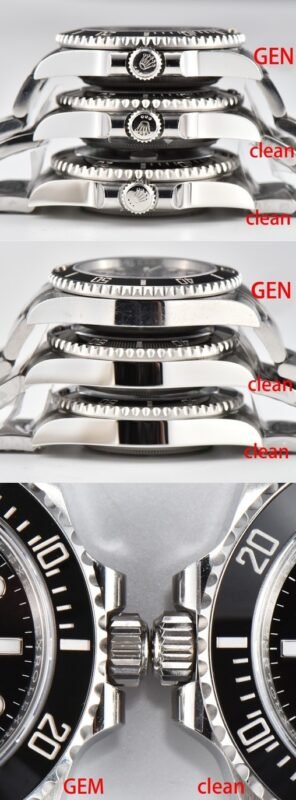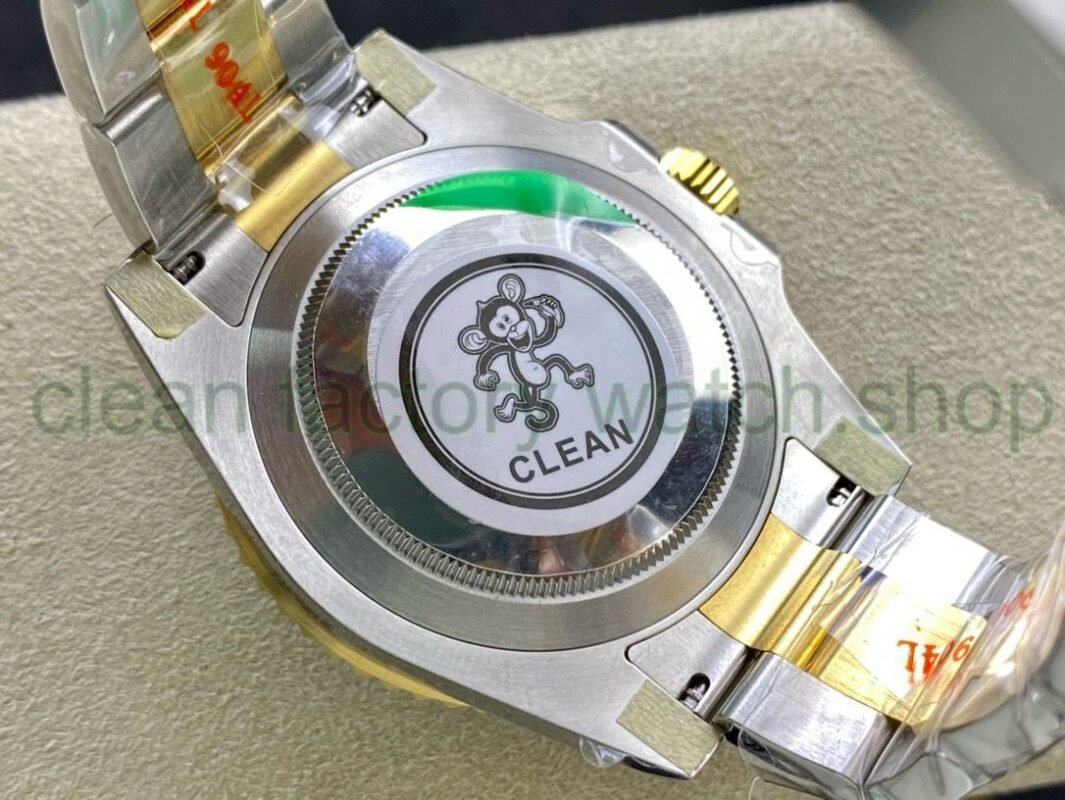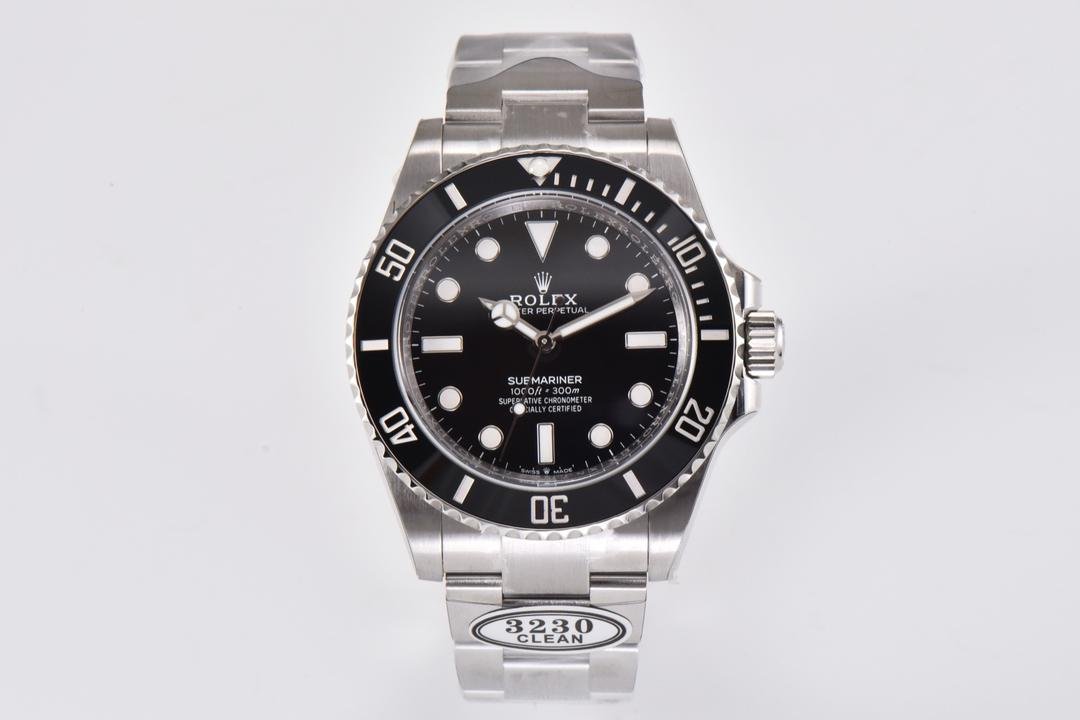Blog
Inside the Clean Factory: The Rise of Sustainable Timepieces
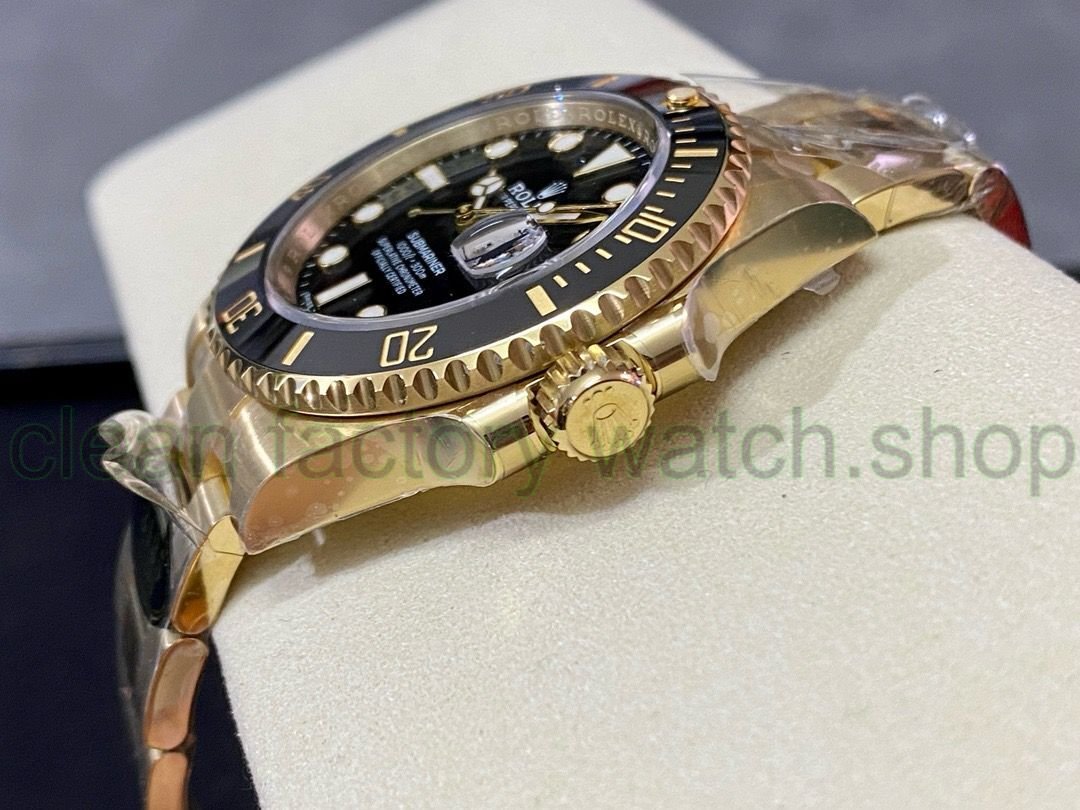
In a world increasingly aware of its ecological footprint, the intersection of luxury and sustainability has never been more pronounced—especially in the realm of horology. As conventional craftsmanship meets innovative eco-conscious practices, a new wave of timepiece creators is redefining the standards of what it means to produce luxury watches responsibly.”Inside the Clean Factory: The Rise of Lasting Timepieces” delves into the meticulous processes behind these eco-friendly horological marvels,unveiling the commitment to sustainable materials,ethical production methods,and obvious supply chains.Join us as we explore this burgeoning sector, where the elegance of finely crafted watches harmonizes with the urgent call for environmental stewardship, proving that time can indeed be a force for good.
Table of Contents
- Exploring the Eco-Friendly innovations in Watch Manufacturing
- Materials Matter: The Shift Towards Recycled and Sustainable Components
- Crafting Timepieces with a Conscience: The Role of Ethical Labor Practices
- Future Forward: Embracing Technology for Sustainable Timekeeping Solutions
- Q&A
- Closing Remarks
Exploring the Eco-Friendly Innovations in Watch manufacturing
Innovation in the realm of horology is undergoing a remarkable transformation as watchmakers prioritize sustainability without compromising on style or functionality. Brands are exploring biodegradable materials, as well as recycled metals, to craft timepieces that are both elegant and environmentally responsible. This includes the use of vegan leather straps,made from materials like cork and pineapple leaves,representing a meaningful shift in traditional manufacturing practices. Moreover, advancements in solar-powered movements are reducing dependence on battery replacements, further minimizing the ecological footprint associated with conventional watch production.
One of the most exciting developments is the use of upcycled materials sourced from ocean waste and discarded plastics. This approach not only contributes to reducing marine pollution but also tells a compelling story that resonates with eco-conscious consumers. Companies are embracing transparency in their supply chains, showcasing their efforts through certifications and sustainability reports. The following table illustrates some notable eco-friendly practices currently being adopted in the watch industry:
| Practice | Description |
|---|---|
| Recycled Materials | Utilizing materials like reclaimed ocean plastic and scrap metal in watch cases and straps. |
| Green Packaging | Adopting eco-friendly, biodegradable packaging solutions for shipping and presentation. |
| Carbon Neutrality | Offsetting carbon emissions through investments in renewable energy projects. |
| Water Conservation | Implementing water-saving techniques throughout the manufacturing process. |
Materials Matter: The Shift Towards recycled and Sustainable Components
The landscape of manufacturing is undergoing a transformative change, especially in the realm of timepieces. As brands recognise the importance of environmental duty, there is a significant shift towards incorporating recycled and sustainable materials in watch production. This entails utilizing components that not only minimize waste but also reduce the carbon footprint of the manufacturing process. Watchmakers are increasingly sourcing materials like recycled stainless steel, biodegradable plastics, and natural materials, such as cork and bamboo, to create stunning yet eco-friendly designs.
As part of this movement, many companies have set ambitious goals to align with sustainability standards. Key strategies in the adoption of these materials include:
- Responsible sourcing: Ensuring that raw materials are obtained from suppliers committed to eco-friendly practices.
- circular manufacturing: Designing watches that can be easily disassembled and recycled at the end of their life cycle.
- Innovative partnerships: Collaborating with organizations focused on sustainability to enhance the use of recycled components.
This commitment to sustainability is not just a trend; it’s becoming essential for brands aiming to appeal to a more conscious consumer base. A recent survey highlights the shift in buying behavior:
| Consumer Awareness | Preference for Sustainable Options |
|---|---|
| 70% | of consumers prefer brands with eco-friendly practices |
| 58% | are willing to pay more for sustainable products |
| 60% | find recycled materials attractive in watch design |
Crafting Timepieces with a Conscience: The Role of Ethical Labor Practices
As the movement towards sustainability accelerates,timepiece manufacturers are re-evaluating their practices to align with ethical labor standards. This shift not only improves the conditions for workers but also engages consumers in a narrative that goes beyond the luxury of aesthetics. By instituting transparent supply chains, brands can guarantee that every watch is crafted with respect for human rights, community welfare, and environmental sustainability. The focus on ethical labor practices ensures that skilled artisans are compensated fairly and granted safe working conditions,fostering loyalty and craftsmanship without compromising on quality.
To better understand the impact of these practices, many companies are adopting a set of guiding principles designed to uphold their commitment to ethical labor. Key elements often include:
- Fair Wages: Ensuring that every worker receives compensation that meets or exceeds the living wage standards.
- Safe Working Conditions: Implementing strict health and safety regulations to protect workers from hazardous environments.
- Skill Development: Providing ongoing training and education for employees, enhancing their craftsmanship and career growth.
- Community Support: Investing in local communities through initiatives that foster social and economic development.
By adhering to these principles,brands are not only enhancing their brand image but are actively contributing to a more sustainable future. Below is a simple overview of some leading brands in the ethical watchmaking space:
| Brand | Ethical Practice | Notable Collection |
|---|---|---|
| Tenfold | Fair Trade Sourcing | The Unity Series |
| GreenTime | Recycled Materials | The EcoWatch |
| Ethos Watches | Worker Empowerment | The Change Collection |
this commitment to ethical craftsmanship creates a powerful narrative around each timepiece,infusing them with stories of resilience,community,and ecological awareness. As consumers increasingly seek authenticity and sustainability in their purchases, manufacturers that prioritize ethical labor can ensure they are not just crafting watches but creating lasting impact.
Future Forward: Embracing technology for Sustainable Timekeeping Solutions
As the clock ticks towards a more sustainable future, the timepiece industry is witnessing a revolutionary shift. Innovative technologies are at the forefront of transforming how watches are produced, ensuring that they align with ecological values while maintaining their timeless allure. Brands are increasingly adopting biodegradable materials, solar-powered movements, and eco-friendly manufacturing processes. By incorporating cutting-edge techniques such as 3D printing and digital design, manufacturers are minimizing waste and enhancing labor efficiency, thus setting the stage for a cleaner production environment.
This technological embrace extends beyond production; it also enhances functionality and consumer engagement. Many sustainable timepieces now feature smart capabilities that monitor energy consumption, provide alerts for maintenance, and even track environmental impact. The integration of wearable technology with traditional craftsmanship creates an intriguing synergy, appealing not only to watch enthusiasts but also to tech-savvy consumers.With these advancements, the age of conscious consumerism is dawning, ensuring that every tick of the watch contributes to a healthier planet.
Q&A
Q&A: Inside the Clean Factory: The Rise of Sustainable Timepieces
Q: What defines a sustainable timepiece?
A: A sustainable timepiece is crafted using eco-friendly materials, ethical labor practices, and production methods that minimize environmental impact. This includes using recycled metals, biodegradable packaging, and advancements in sustainable manufacturing techniques.
Q: Why has there been a surge in interest for sustainable timepieces recently?
A: Increased awareness around climate change and environmental concerns has shifted consumer desires towards products that reflect their values. Timepieces that promote sustainability offer a way for individuals to express their commitment to the planet while maintaining a connection to classic craftsmanship.
Q: How do clean factories contribute to the production of sustainable watches?
A: Clean factories focus on waste reduction, energy efficiency, and sustainable resources. They employ innovative technologies to ensure that processes—from sourcing materials to assembly—do not harm the environment. This might involve solar power integration, water conservation techniques, and the reduction of harmful substance usage.
Q: What materials are commonly used in sustainable watchmaking?
A: Sustainable watches frequently enough utilize materials like recycled stainless steel, ethically sourced wood, vegan leather, biodegradable plastics, and even innovative materials like bio-resins. These selections help minimize the ecological footprint typically associated with traditional watchmaking.
Q: Can traditional watchmaking brands adopt sustainable practices?
A: Absolutely! Many established brands are re-evaluating their processes to incorporate sustainability. They’re finding ways to blend traditional craftsmanship with modern eco-conscious practices, showing that preserving heritage can coexist with innovation and responsibility.Q: Are sustainable timepieces more expensive than conventional watches?
A: Generally,yes. The cost reflects not only the quality of materials used but also the ethical processes behind their production. However, consumers are increasingly recognizing the long-term value of investing in sustainable goods—both for the planet and their personal values.
Q: How do consumers benefit from choosing sustainable timepieces?
A: Beyond the ethical aspect, consumers can enjoy unique designs frequently enough inspired by nature and an assurance that their purchase contributes to a more responsible market. They also support brands that prioritize transparency and sustainability, fostering a positive cycle of ethical consumption.
Q: What does the future hold for sustainable timepieces?
A: The future is promising and bright! As technology advances and more companies embrace eco-friendly practices, we can expect an increase in innovative designs and materials. With sustainability becoming a central aspect of luxury, consumers will likely see an expanding array of sustainable timepieces that uphold quality, style, and responsibility.
Q: How can consumers identify genuinely sustainable brands?
A: Look for brands that disclose their sourcing practices, certifications (like fair Trade or Carbon Neutral), and detailed information on their manufacturing processes. Transparency is key—brands committed to sustainability should proudly share their efforts and achievements with their customers.
Q: Will the trend of sustainable timepieces continue to grow?
A: Most indications suggest that this trend will continue to grow as more consumers seek environmentally responsible choices. With an increasing number of brands focusing on sustainability, this movement is likely to reshape the watch industry for years to come.By embracing a culture of sustainability, the watchmaking industry not only redefines elegance but also champions responsibility toward our planet—one timepiece at a time.
Closing Remarks
As we draw the curtain on our exploration of sustainable timepieces within the clean factory movement, it becomes clear that these innovative creations represent more than just a fusion of craftsmanship and environmental responsibility. They symbolize a shift in consumer consciousness and a collective commitment to a greener future. Each watch is not only a measure of time but also a reflection of our values, showcasing the power of the choices we make as consumers.
in a world where environmental concerns are paramount, the rise of sustainable timepieces serves as a reminder that beauty and functionality can emerge from a commitment to ethical practices. As the industry evolves, it promises to inspire a new generation of watchmakers and enthusiasts alike—those who value not only the art of horology but also the story that lies behind the materials and methods employed.
So, as you clasp your wristwatch and cherish each passing hour, consider the journey it has taken—from clean factories to your hands. Embrace the elegance of sustainability, and join the movement that ticks towards a brighter, more responsible future.The hands of time are turning, and with them, a new chapter in the narrative of fashion, technology, and environmental stewardship is just beginning.

